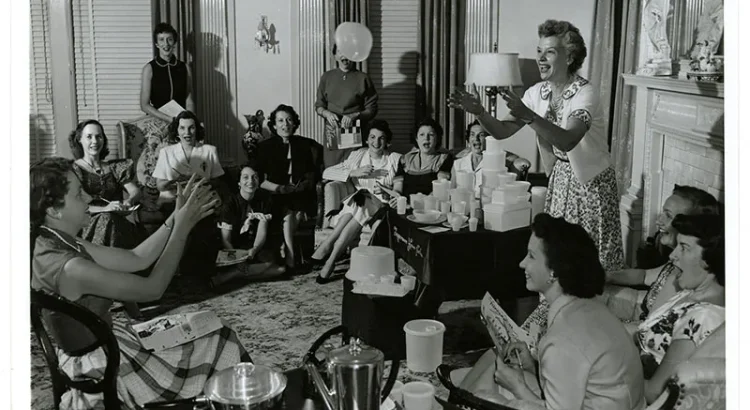When the Tupperware brand was founded in 1942, and the first product launched in 1946, it predominantly advertised to the suburban housewife. The product itself, an airtight plastic container was marketed to keep food fresh for longer and thus make the lives of these woman easier. The key to the success of the brand was the saleswoman Brownie Wise, with only an eight-grade education and just divorced, she became the face of a personalised approach in marketing. These Tupperware parties, a name given to the marketing strategy, were women gathered in the living room with family and friends to witness a demonstration of the product. This became a hit all throughout America, and later the world.
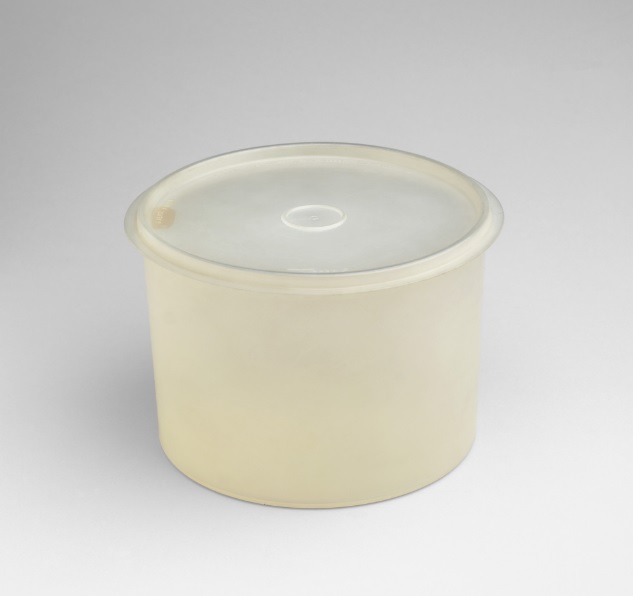
Tupperware parties
“Fun, Friends, and Flavors: This unique, interactive party is your opportunity to see, taste, and experience the new Tupperware lifestyle—amazing products, delicious recipes, and smart, simple solutions to improve your life. Plus, what a great opportunity to exchange ideas and make new friends. Whether you’re a consultant, a host, or a guest, there’s a lot to enjoy at a Tupperware Party! It’s party time!“
– Party Inspiration Center, Tupperware.com
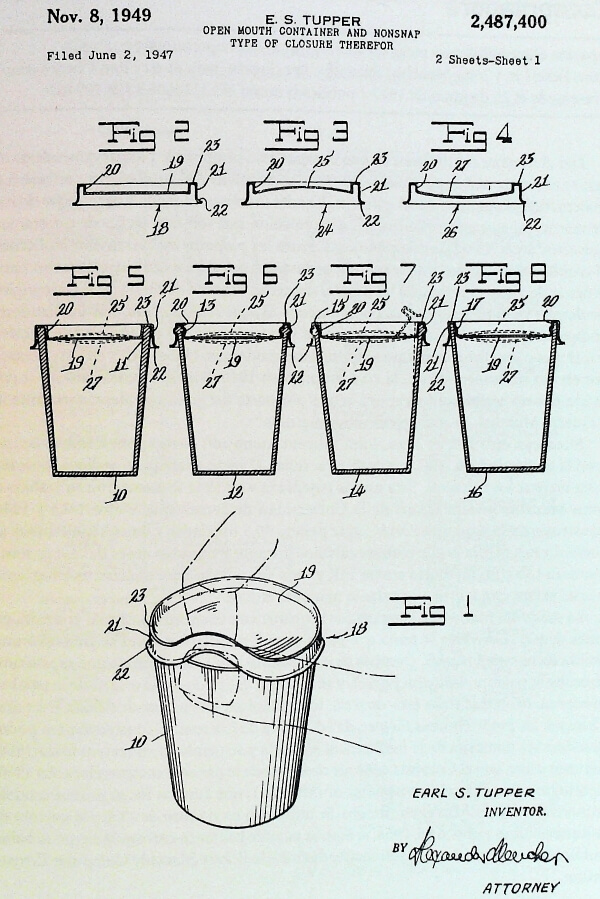
The Tupperware brand was founded by Earl S. Tupper who wanted to create the product of the future. With new techniques he made a product line of unbreakable, light weight plastic containers, cups, bowls and plates. It quickly became a staple in the American household. In the 1960’s the company expanded to Europe and other locations all around the world. The success of the product was attributed to the marketing strategies used to sell the product.
To know Tupperware is to know the Tupperware party, one of the first Multi-Level Marketing constructions, now better known as MLM’s or pyramid schemes. The difference between a product demonstration and a Tupperware party is already in the name; a Tupperware party is a party. During a Tupperware party a hostess was supported by a Tupperware consultant who would demonstrate the products, create a fun atmosphere and eventually sell products to the guests. The hostes would receive products for providing their home and social network. This marketing strategy was a new one, pioneered by companies like Stanley Home Products in America. Brownie Wise, who first worked at Stanley Home Products but left after not being able to get promoted to be an executive at the company, saw Tupperware as the perfect product to sell using this marketing strategy.
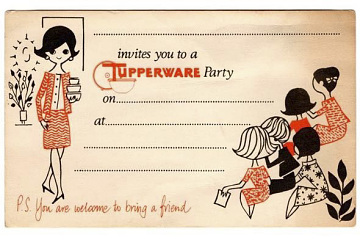
“Recognizing that women do not get enough recognition in their own lives, she marketed not only products but self‐confidence to women.”
– Virginia D’Antonio
Wise played fun games during the parties, like tossing the Wonder Bowl filled with some type of liquid to show off the strength of the seal of the Tupperware products. Wise recruited new dealers with a focus on women. With a weekly newsletter she promoted the idea of positive thinking, female entrepreneurship and making the selling of Tupperware a lifestyle, thus impowering women. Especially the housewife who hardly got any recognition in the day-to-day life for doing the household chores or caring for the children.
The cultural effect of the plastic containers
The Tupperware containers became a cultural phenomenon. With the focus on ‘self-made women’ and ‘women bosses’ the product promoted independence for women all over the world. Tupperware sales soared hitting millions by the mid 1950’s. More and more women joined the party by becoming consultants, managers and distributors of the product. Woman of all backgrounds, colours and countries joined in. Not only because of the promise of making money and with that independence, but also because of the network it provided and the support from within this network. And so, Tupperware changed the social structure within the households of many.
How Tupperware became art
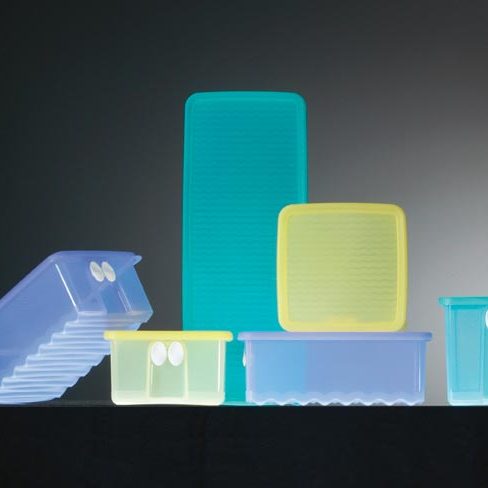
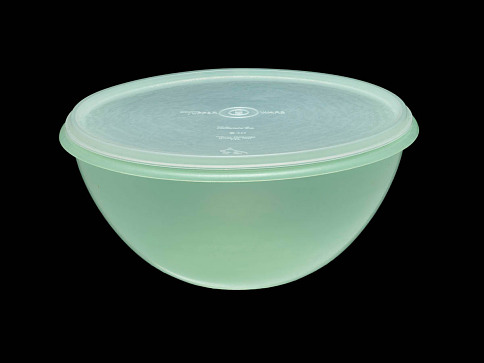
Tupperware was popularised by the Tupperware parties but the product itself was also inventive. It was new, useful and made use of new materials. It popularised the use of plastic storage containers instead of the glass or ceramic containers that people were used to. Not only that, the sleek modern design of Tupperware is something that never changed over the years, only the use of colours was something experimented with besides the invention of new products. Because of its cultural effect, the change it brought to kitchen’s and womens lives all around the world and the design, it has a place in museums all around the world.
One of the places with a big collection of the first Tupperware is the Museum of Modern Art, located in New York City. The museum has a problem with the preservation of the products because the materials used to create the product were experimental and did not stand the test of time. Even though the Tupperware collection is discoloured, disfigured, toxic and no longer displayed it is still part of their online collection.
Writen by: Susan Lemmers
